The Slow Drawn Out Introduction
Why am I calling this a love affair? Perhaps it’s because this best sums up the experience I have for the Fujifilm devices, both the newly released X-T1 and the aging X-E1 before it. With the titans of the compact mirror-less camera world, the 24MP FF Sony RX1 and the 36MP FF Sony A7R, already comfortably sitting in my bag, how is it that the venerable X-E1 and superfluous X-T1 are sitting there beside them? This is my attempt at a reasonable explanation.
As always it starts at the beginning, when I first picked up the Sony RX1 it forever changed my outlook on photography (you can read my one year in review here…). It also made life difficult if I wanted to shoot anything other than at 35mm, I needed wider but now also wanted small and my old Canon wasn’t cutting the mustard any longer.
I first explored the idea of using focus extenders and magnifiers on the RX1 but they were frankly rubbish. Enough said. The next logical step was to will Sony into making an RX1 with a wider focal length… I gave up after a few minutes due lack of oxygen to the brain and a resulting headache. I then decided I would need another camera body, something small, light and manageable but with acceptable image quality and flexibility in lenses choices.
Hiking, Hong Kong - Fujifilm X-T1
The Camera That Wasn’t Meant To Be
I was looking to get the handsome O-MD with its miniature good looks, rave reviews and wide range of lenses. With a freshly formatted SD card I walked into a local camera store to test one out; it was a responsive device and appeared to fit my needs but the store assistant decided to be helpful and offered up some alternative solutions, one of them a Fujifilm X-E1.
It was the first time I had seen the device (X-E1) and whilst it was good looking in an old school way it wasn’t love at first sight, I have grown up with SLR bodies but the rangefinder style intriguing me enough to pop in an SD card a give it a whirl. It was slow as a dog, the electronic viewfinder (EVF) sucked balls and it felt hollow but as I twiddled the loose aperture ring around the lens, it also seemed nice.
At home I reviewed the images and was underwhelmed by the files from the O-MD and pleasantly surprised by those from the X-E1. It wasn’t a win for the X-E1 though as the O-MD was ahead in speed, responsiveness and familiarity; all I knew was that I wanted another set-up to replace the 350D’s aging 8MP sensor. Cutting a long and boring story short, I packed up all my Canon gear and took it down to the local used camera dealer with the view of using the sales money on an O-MD.
What happened next was either fate or some sort of blind luck for Fujifilm as the store had just acquired an X-E1; you can probably guess what happened. It was there, it was easy and you get a better deal in part exchange so I left the store with a Fujifilm X-E1 in tow and a pile of extra cash which was put towards buying the XF14mm.
Quite unintentionally, I was now a Fujifilm camera owner.
Mong Kok, Hong Kong - Fujifilm X-T1
It Shouldn’t Have Worked
Pitched against the mighty RX1, the X-E1 with its small strange sensor (16MP X-Trans APS-C vs. 24MP FF), hollow plastic body and terrible EVF on paper was always destined to become the poor second cousin to the RX1, only brought out on occasions to mop up the dirty work that the RX1 didn’t want to (or couldn’t) do.
I could run through the list of things that are wrong with the X-E1 – the crap EVF, the hollow design, the white only focus-peaking which meant you can’t see if anything was in focus, the silly button placements, the way you can’t move the AF point intuitively as you can with any other camera, the auto-focus hunt, the off-center tripod mount, the SD card slot – you get the picture. It’s also one of the cameras that the girlfriend refuses to use; she says it has crap ergonomics that doesn’t fit her hand, the EVF is rubbish and it can’t focus at all. The lady had spoken.
However that’s not how things turned out, it was becoming very difficult to put the X-E1 down; sure it had its glaring faults, niggles and its why-oh-why-did-Fuji-do-this moments but I was finding more excuses to bring the little Fujifilm out. It had character that developed and matured with every new firmware update and the more I learnt how to process the files coming from the X-Trans sensor, the more I was starting to love it. Even some of the negatives were turning into positives; the hollow body did make this thing extremely lightweight which was perfect for hiking.
Switzerland - Fujifilm X-T1
The Love Affair
You are probably wondering why I am rambling on about my previous camera instead of the X-T1 but there is a real reason for this and also valid one I hope because my views and the purchase of the X-T1 relates directly to my prior experience with Fujifilm and the X-E1.
I am willing to part with the scrappy little X-E1 if I needed to but I don’t want to part with Fujifilm.
Let me explain.
The X-E1 is a beautiful device and I love to shoot with it but it is also a rubbish device (IQ not-withstanding). I should sell it because the A7R has replaced the need for it in my bag as it does everything the X-E1 was supposed to do but also much more. If the X-E1 is unnecessary then the X-T1 is doubly superfluous to my needs but I still have them both and the reason is I don’t want to lose Fujifilm as a company, as a camera system.
From my short experience as a Fujifilm camera owner, I have for one reason or another I can’t really explain found them to be charming devices backed by a company that really appears to listen to camera people. I love that they support obsolete devices by providing firmware updates that not only fix existing issues but add additional functionality, I like their ethos of wanting to create a long-standing consumer relationship at the detriment of short-term sales and I like their transparent lens strategy.
Their XF line of lenses cater specifically to everything I would look for in a lens line-up; they have the lengths I want, the speeds I want and are all optically great. They now have all the ‘standard’ primes (21mm, 35mm, 50mm, and 85mm); they have pancakes and all the zooms you could ask for. They also communicate their future lens strategy so you can plan what you need and have confidence in future system. Kudos.
I don’t want to sound like a fanatic but this is a mere attempt to explain why I have bought an X-T1 and XF56mm lens which I have been shooting for the past couple of weeks, when I already have a Sony RX1, Fujifilm X-E1 and an almost directly comparable Sony A7R with a Zeiss Planar 85mm f/1.4 lens.
It’s got nothing to do with need or a hole in my camera and lens line-up. It has everything to do with Fujifilm – a belief they can deliver and support a product I would love to use.
Hong Kong - Fujifilm X-T1
The First Impression of the X-T1
The X-T1 has been with me on the streets of Hong Kong; on a hike (Dragon’s Back, Shek O Country Park); to a fashion show after party (a dark, smoky underground dive), on a plane to Taiwan, in the rain (I’ve already tested the waterproofing of this and the non-waterproofed XF56mm) and all around Taipei City. I’ve also shot with the XF14mm, XF56mm, Zeiss C Sonnar 50mm and Planar 85mm but mostly the new XF56mm; the 85mm focal length is a new one for me and so I’m forcing myself to shoot exclusively with it.
If you read my initial Sony A7R first impression you will see I am critical, highlighting the negative aspects of using a camera, it’s easy to highlight because it bothers me. Some commentators were confused as to why I viewed the A7R so highly even after all the negative criticism but it’s all relative; if I want to keep using the camera even with all the issues raised then those issues can’t really be that big of a deal, right?
Turning my eye to the X-T1 and even after only a couple of weeks of use I already know this first impression will be short. Why? Because I’m sitting here finding it extremely difficult to come up with anything really negative without sounding too petty. Sure it has its issues there but overall I’ve enjoyed using this camera so much that I have a feeling if I had to make a choice between the X-T1 and A7R, I’d rather sell the A7R than sell the X-T1. The only saving grace of the A7R compared to the X-T1 is the stellar FE55mm and 36MP combo which evens the field, even though I really (and I mean really!) do not like that it doesn’t have an aperture ring. I have been spoilt by the aperture rings on the RX1 and Fujinon XF line of lenses.For me, that’s some major testimonial right there.
Switzerland - Fujifilm X-T1
There are issues, there always will be and I am not naive enough to expect perfection:
- the menu and directional control buttons are too shallow, give no confidence and my first X-T1 broke because of it (video here…)
- the EV compensation dial is now too stiff, now it is far more difficult to make quick last minute exposure compensation changes with the EVF to my eye, this is an example of Fujifilm listening to the user based (and they are wrong, I much prefer the dial moving in the bag than not being able to move in use but that’s just me I suppose). Time will tell whether it loosens up
- the customisable buttons can’t be customised to how I want them to work (i.e. select any menu item I want – but then this is an issue with ALL cameras I own and therefore classed as a rant)
- the ISO button dial lock is annoying, yes it is but doesn’t really stop me from taking shots – the ‘A’ mode can be configured to have auto-ISO extend to 3,200 if I wanted
- the EVF is truly great but isn’t oh-my-gawd spectacular as the hype seems to portray (I spent 5 minutes in the store trying to figure out how to turn on the ‘big-picture’ mode only to find out when I got home it was already on that mode)
- the mushy M-C-S dial, it’s mushy
- the movie button replaced where the Fn button used to be – why?
- noise suppression on skin tones can be overly aggressive on JPG outputs but I’m primarily a RAW shooter so for those that rely on JPG, this may be a larger issue
However, for as long as I’ve been using this camera (which admittedly isn’t very long); I haven’t come across any situation which has caused me to stop in my tracks and reassess. Sure as a new body it takes time to adjust my shooting for the new layout but the greatest complement I can give is that I just forgot about it, I realised at some point that had I stopped evaluating the camera and just started shooting.
Oxford, England - Fujifilm X-T1
The Nice Guy
Breaking away from the norm of focussing on the negative aspects of the camera, I think the X-T1 deserves praise as there are areas that have worked well for Fujifilm.
The AF is very quick in daylight when paired with the XF14mm to the point that I didn’t trust it at first, I was sure it was missing focus (I was wrong) and I would definitely say it is the fastest I have ever seen a Fujifilm device focus (or any device for that matter). It’s okay fast with the XF56mm but will still hunt and miss focus in less than good light however it is magnitudes better than anything currently in my bag.
The biggest change however is not with the technology of X-T1 AF system but rather my own perception of it; I no longer seem to worry about focus anymore. With my other cameras (the new Sony A7R included), I always have an expectation of AF failure which is one of the reasons why I set my cameras to back button focus and DMF; I never rely on AF and can manually override as necessary. Shooting the X-T1 over the last few weeks I have realised I no longer assess a scene with the same mentality as when I shoot with the RX1, X-E1 or A7R, I haven’t even used MF. I’m not saying it’s perfect or even close to a dedicated PDAF system but it’s definitely more usable in many more situations than before.
Perhaps I had a more pessimistic view of the X-T1 to begin with, I never did buy into the advertised ‘quickest AF in the world’ spiel, I didn’t expect it to be a panacea and I almost expected more of the same, but in good light, in bad light and even in challenging light, my main action is to flick the power switch ‘ON’, lift the camera to my eye and press the shutter. In one smooth motion. How liberating is that. From a Fuji device of all things too.
I’ve tried to think about why this may be and I’ve come up with my main three reasons:
First. LCD/EVF power modes– there is a mode to turn off both the EVF and LCD screen thus saving power and the EVF only turns on when you raise it to your eye. There is a delay when the EVF activates but not nearly enough for it to bother me or make me miss a shot; however the absolute best feature is the X-T1 will use the LCD screen when reviewing photos. It’s so simple it hurts and there’s always a dedicated button to switch viewing options if needed – are you listening Sony?
Second. No more menu digging – I can’t remember a situation in the last couple of weeks where I have had to really delve into the menu, most key functions are physically at hand which can be adjusted before the camera is turned on and there are 6 customisable buttons (although I do wish I could assign them to any function from any menu); for everything else there is the ‘Q’ quick menu.
As an example, whilst watching the Taipei MRT arrive onto the platform it dawned on me to test the tracking ability of the camera so I set the mode to ‘CH” burst, checked the ISO, shutter and aperture dials, made sure spot metering was selected and turned the focus mode to ‘C’ all before even turning the camera on. Then as I raised the camera to my eye, I flicked the ‘ON’ switch and started shooting.
Obviously it would be much easier if there was only one button to automatically set it to “continually-track-an-oncoming-train-in-an-underground-station-with-difficult-lighting” mode but you would really need to be a bit of a duck to criticise any camera for not having that.
Hong Kong - Fujifilm X-T1
Third point – oh, the IQ is good too.
But mostly I love that I can adjust all the major settings before I even turn the camera on even though I do admit I may miss a snap-shot but there is a remedy for that and I call it an iPhone.
Tracking
I’ve tested it so I will post it. I’ve never used it before and I probably never will again but for all those that are eager to know here are some photos for you to judge for yourself. I must add that I was impressed but what do I know, meh.
This is the Taipei MRT where an underground train is entering the platform. Who knows how fast this thing comes in at but for those that want to know, I was shooting RAW + JPG, CH mode, onto a Sandisk 32GB 30MB/s card – what difference would a 95MB/s card have made? I don’t know because that card sits in my A7R. A total of 20 shots were taken starting at 8:56:33pm and ending at 8:56:36pm where I could tell the last one or two were slowing down.
Fujifilm X-T1 with Vertical grip VG-XT1, flash and XF56mm f1.2
XF56mmF1.2 R and VG-XT1
Works well, looks good and has a well dampened focus ring. Even better the aperture ring is much stiffer with much better ‘clicks’, how do I get my XF14mm to be like that?
I will let you judge the quality of the pictures for yourself, there are plenty of examples mostly taken at f/1.2 as I’ve only had time to shoot after work and using natural (low) light but I will say I like it a lot; the speed is good and sharpness wide open is excellent and has also given me reason (with much regret) to let go of the Zeiss Planar 1,4/85 ZF.2 – any takers?
The grip is very comfortable and is not heavy; I wonder why Fujifilm can’t fit two batteries in the grip and why you need to remove a rubber cover from the camera to attach the grip. I see a growing market for replacement covers. I’m also not going to dwell on this, it works well and is comfortable and that’s all I could ask for. It is also better than the equivalent battery grip for the Sony A7R for handheld comfort and button placement.
The Happily Ever After
This could be a never ending love affair. The X-T1 is fast becoming my go-to body and along with the Sony RX1 is looking like a camera I will not let go of. It’s not perfect (what camera is?) but at the end of the day they pale in comparison to the shooting experience. It doesn’t get in the way, it hasn’t frustrated me and it hasn’t made me want to switch cameras. It seems to just work.
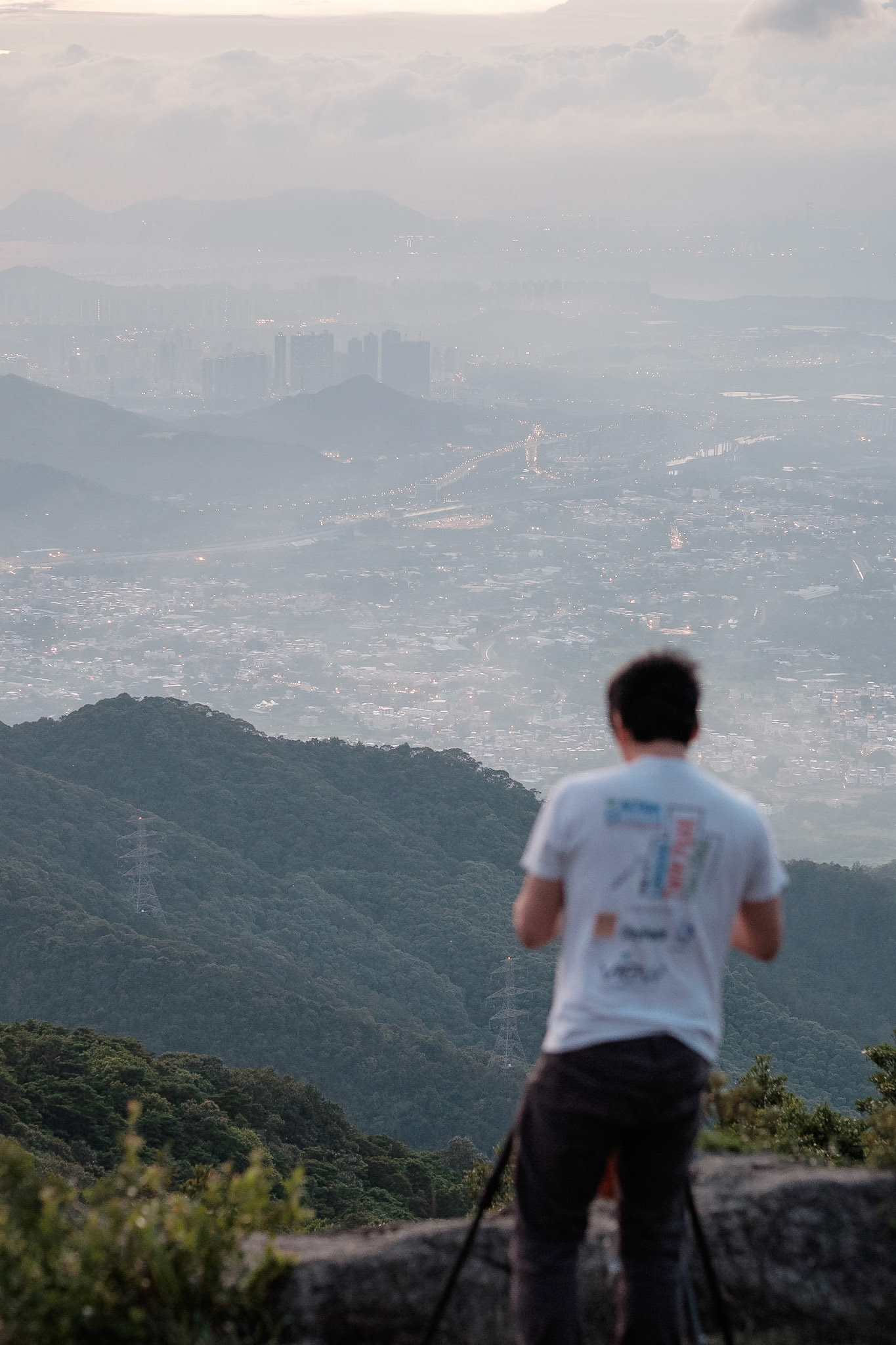
Hong Kong - Fujifilm X-T1

Hong Kong - Fujifilm X-T1

Taiwan - Fujifilm X-T1

Hong Kong - Fujifilm X-T1

London - Fujifilm X-T1

Hong Kong - Fujifilm X-T1

Switzerland - Fujifilm X-T1

Switzerland - Fujifilm X-T1

Hong Kong - Fujifilm X-T1
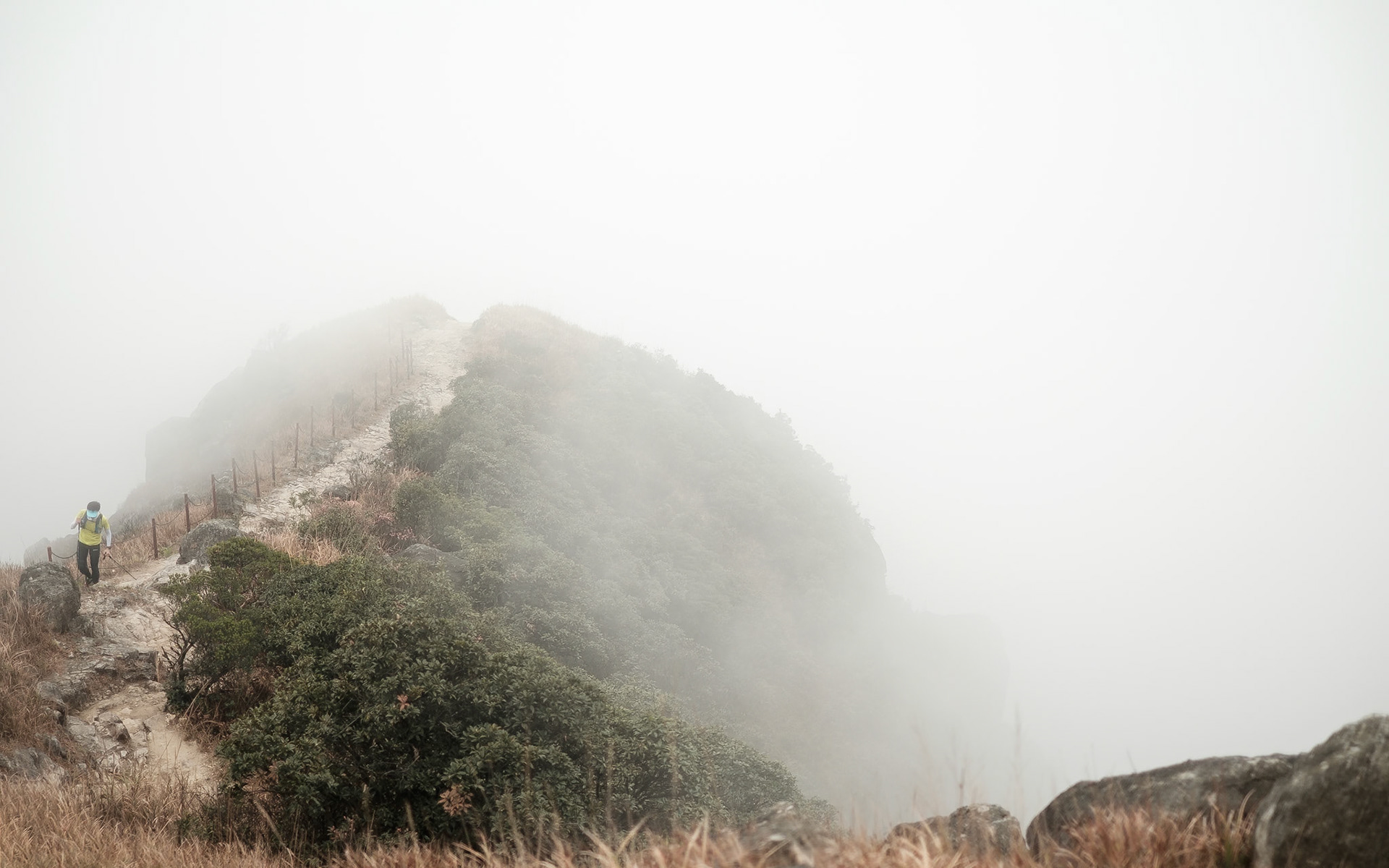
Hong Kong - Fujifilm X-T1
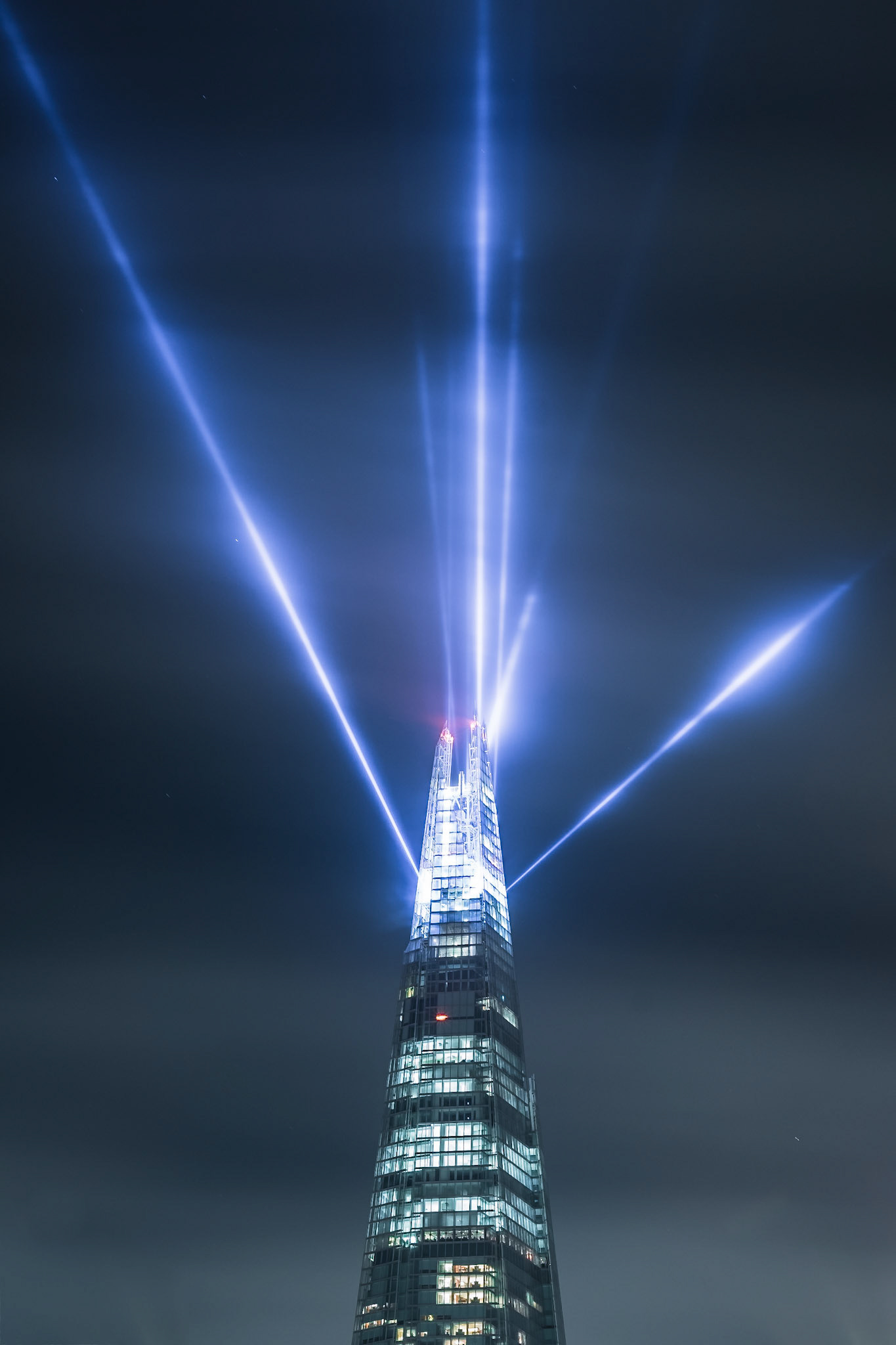
The Shard, London - Fujifilm X-T1

London - Fujifilm X-T1

The Peak, Hong Kong - Fujifilm X-T1
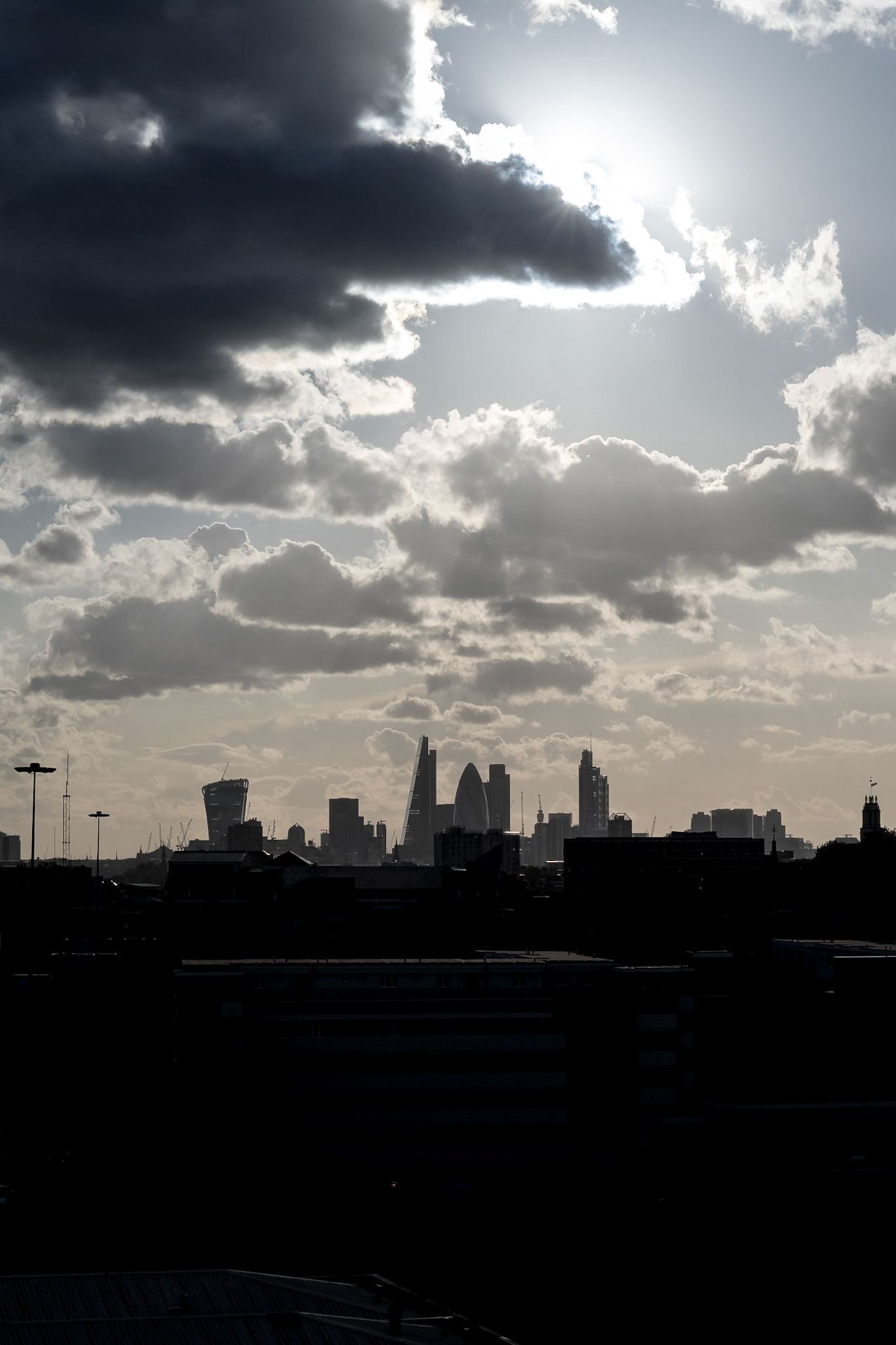
London - Fujifilm X-T1

Hong Kong - Fujifilm X-T1

Hong Kong - Fujifilm X-T1

Hong Kong - Fujifilm X-T1

The Matterhorn, Switzerland - Fujifilm X-T1

Hong Kong - Fujifilm X-T1
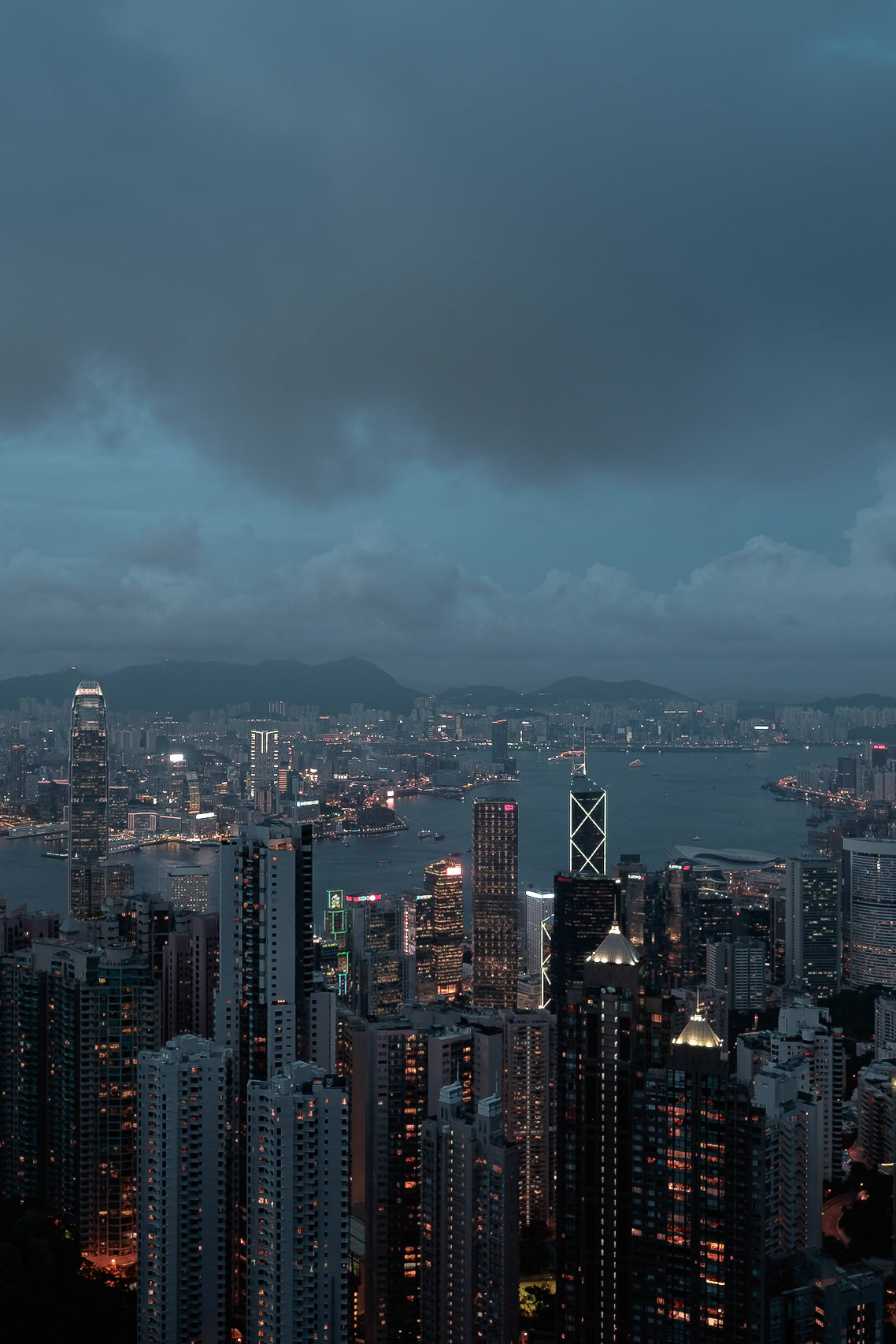
The Peak, Hong Kong - Fujifilm X-T1

Hong Kong - Fujifilm X-T1

Taiwan - Fujifilm X-T1

Hong Kong - Fujifilm X-T1

Hong Kong - Fujifilm X-T1

Hong Kong - Fujifilm X-T1

Switzerland - Fujifilm X-T1
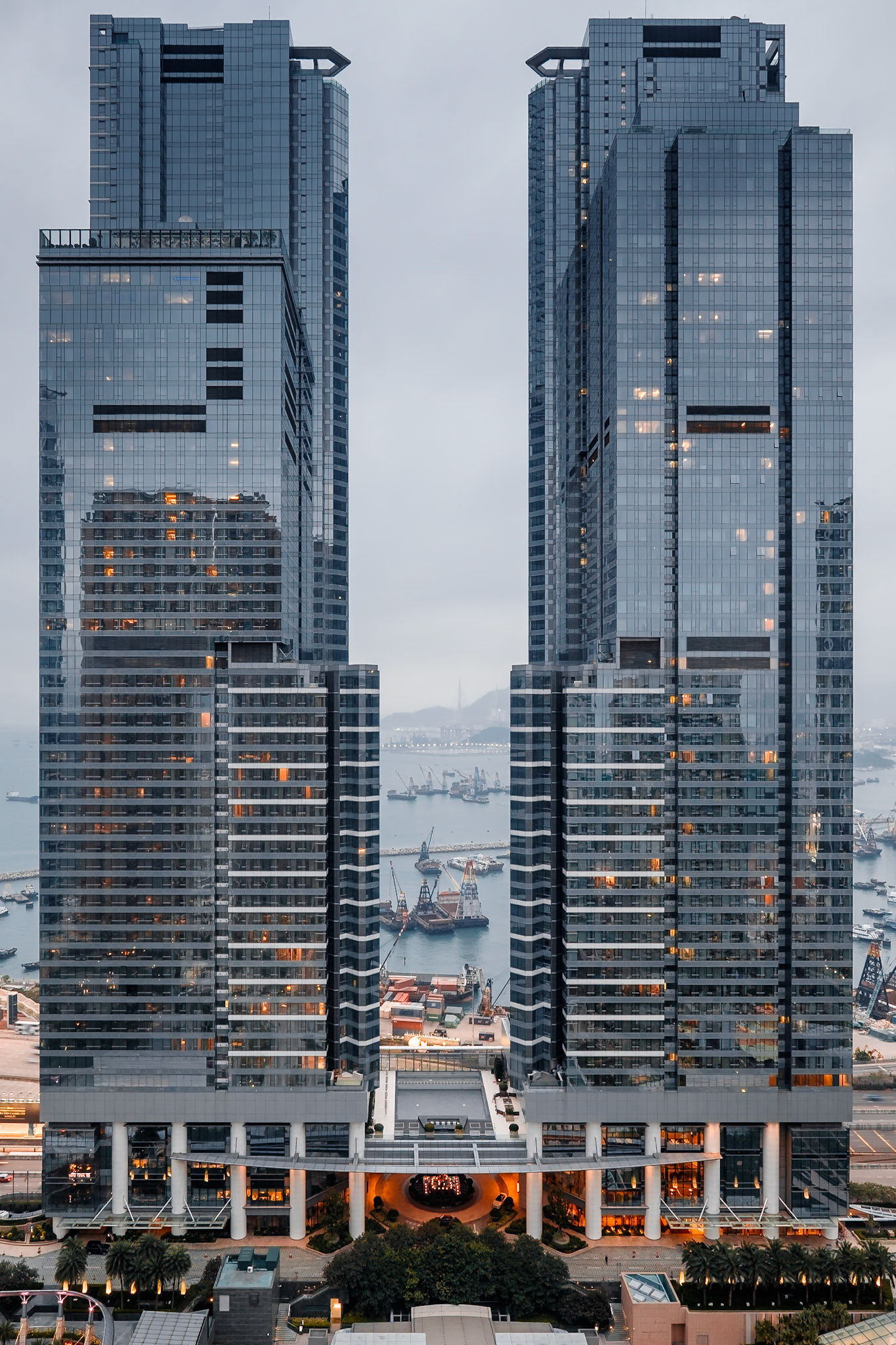
Hong Kong - Fujifilm X-T1

Tart - Fujifilm X-T1

Hong Kong - Fujifilm X-T1
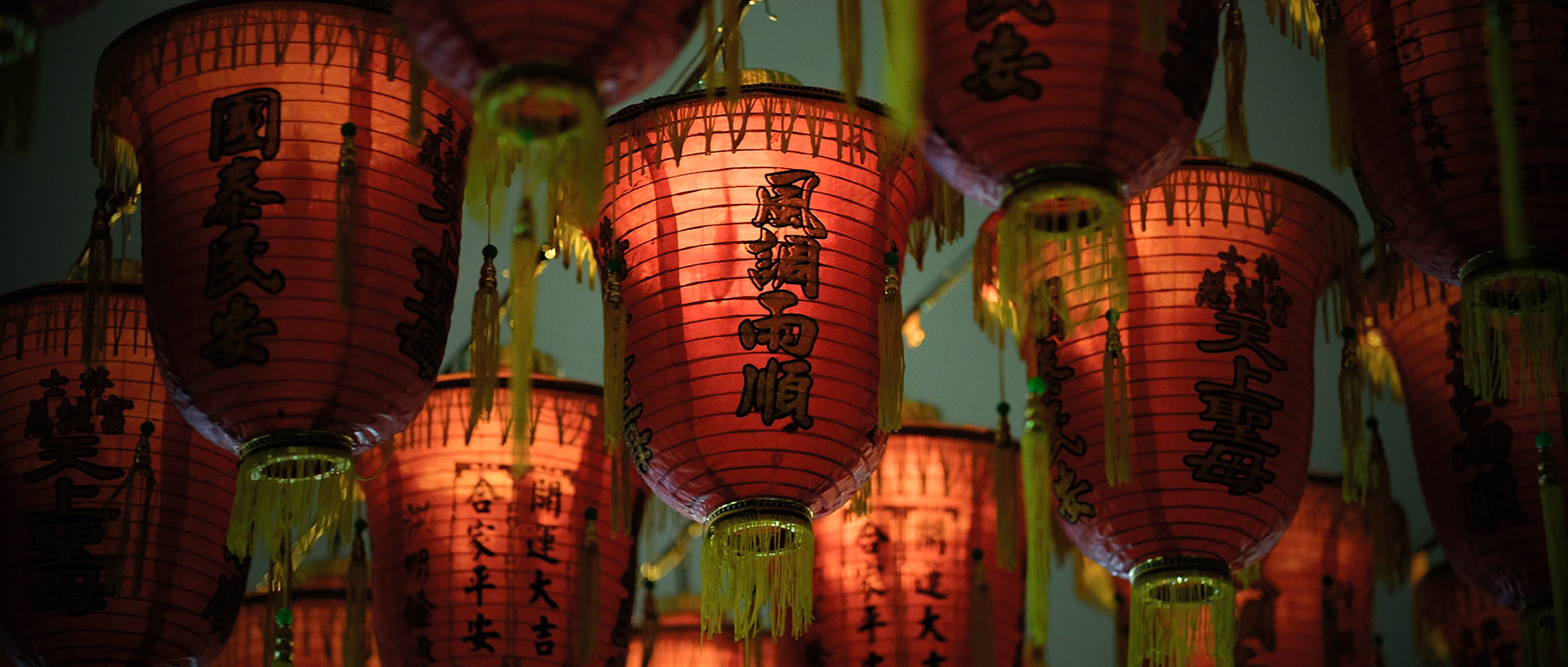
Taiwan - Fujifilm X-T1

Switzerland - Fujifilm X-T1

Portrait - Fujifilm X-T1

English Countryside - Fujifilm X-T1

Oxford - Fujifilm X-T1

Portrait - Fujifilm X-T1

English Countryside - Fujifilm X-T1
